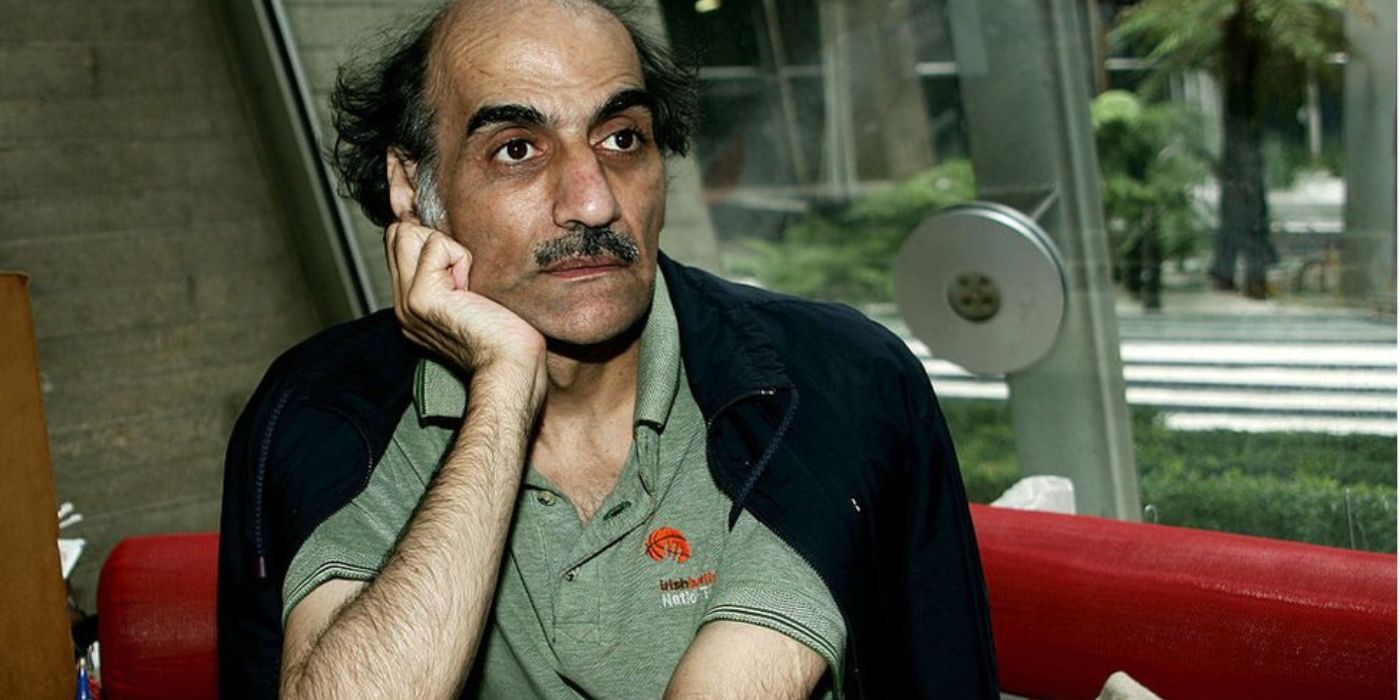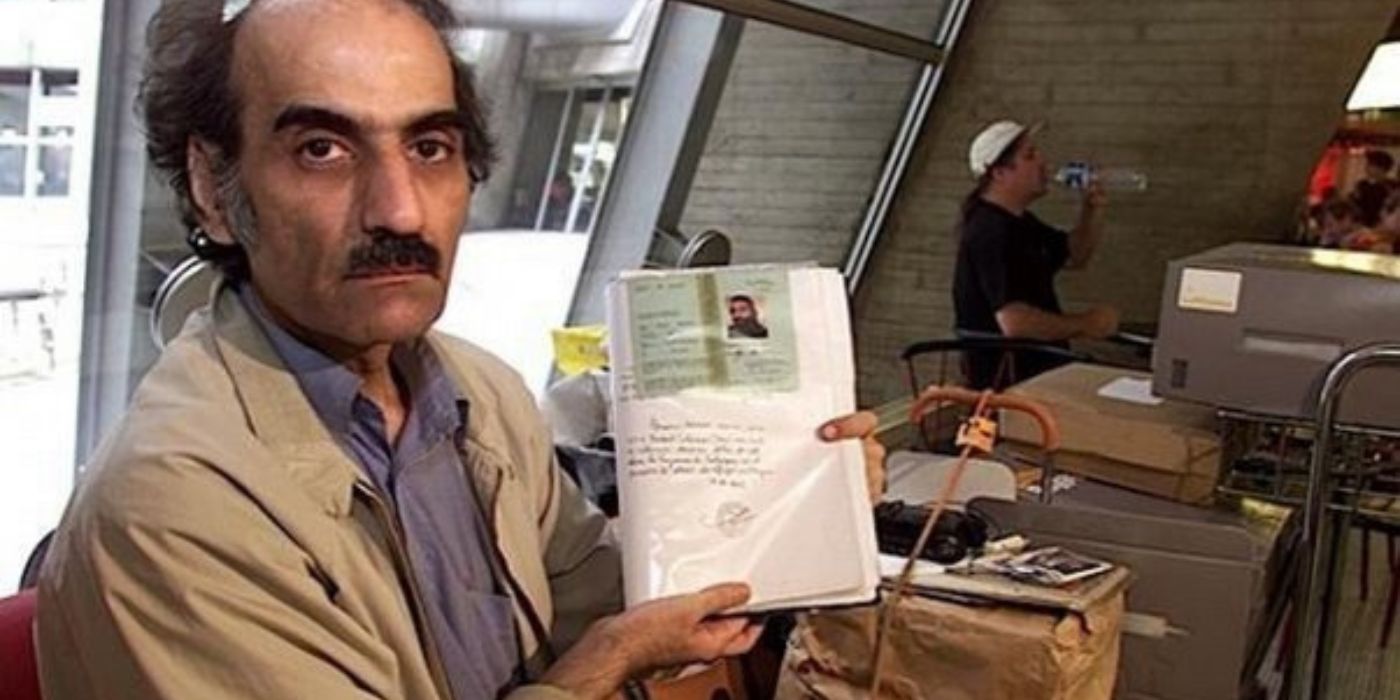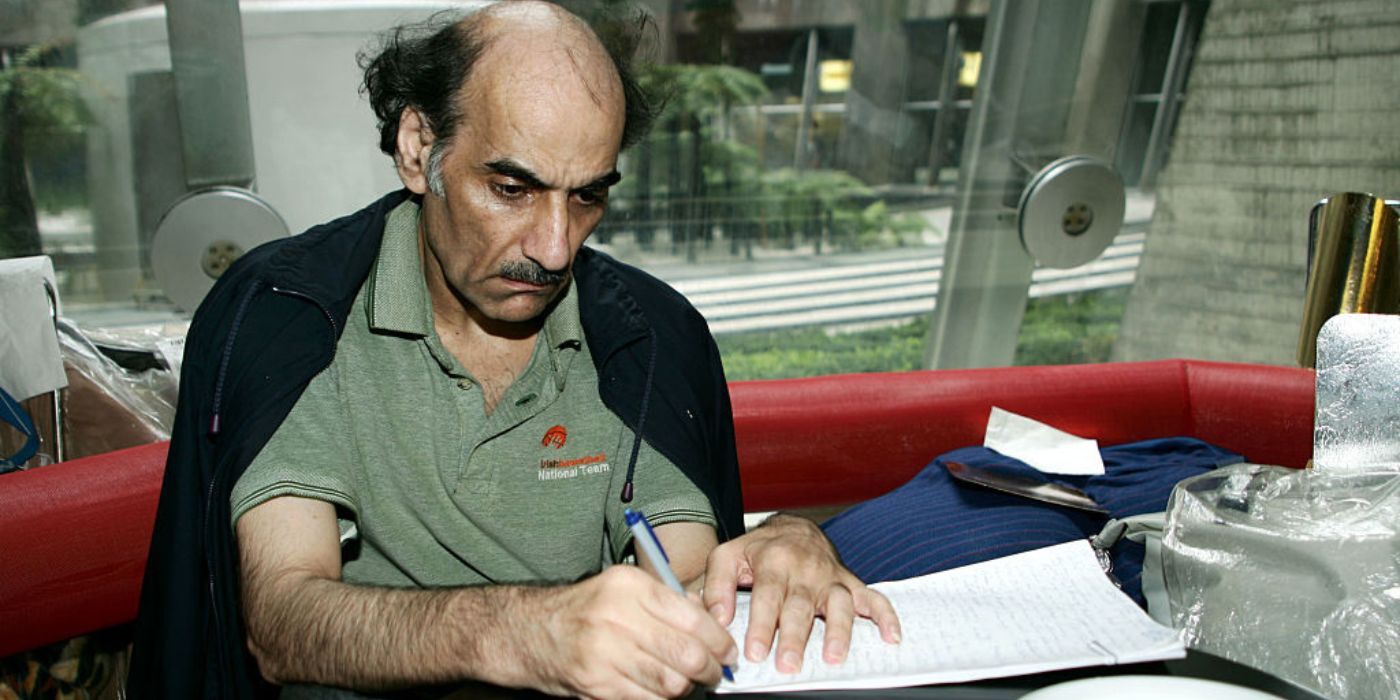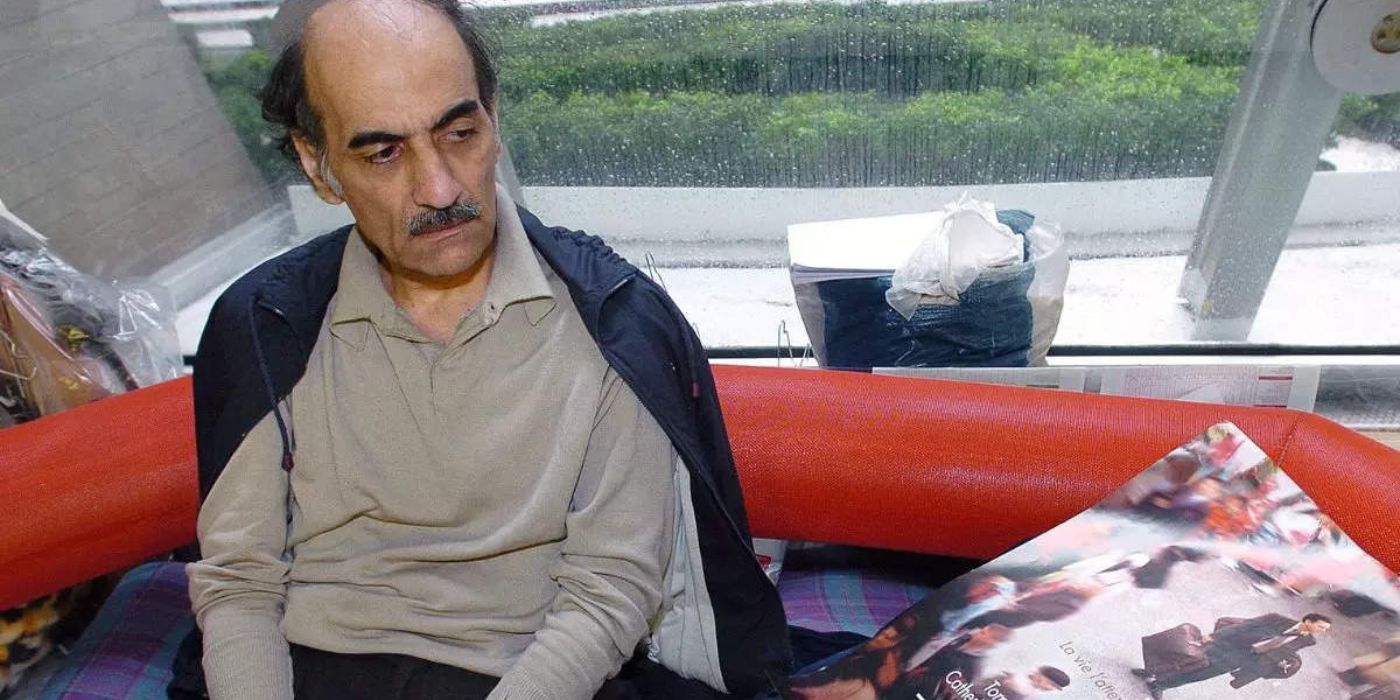Summary
The true story behind Steven Spielberg’s The Terminal is as unbelievable as the premise of the movie it inspired. The 2004 feature stars Tom Hanks as Viktor Navorski, a man hailing from an Eastern European nation. When he lands at New York’s John F. Kennedy Airport while his country is in the midst of a military coup, Viktor’s travel situation gets risky, and he becomes stranded at the airport for months after his passport is deemed not valid. While there are more politically charged Steven Spielberg movies based on real events like The Post, Lincoln, Munich, and Schindler’s List, The Terminal brings out his trademarks of emotionality and wholesomeness.
Ranking among Tom Hanks’s most likable characters, Viktor Navorski comes off as a friendly soul as he changes the lives of the airport staff around him. Despite the political conflict in his own country, Viktor’s American detour proves to be a heartwarming contrast. What makes it more interesting is that it was based on a true story of a man who actually got stranded similarly in an airport terminal for a very long time. However, there were a lot of changes made to that man’s origins and predicament for Viktor’s fictional tale — but the true story that inspired The Terminal is just as interesting.
The Terminal is available to stream on Amazon Prime Video and Paramount+.

The Terminal Was Inspired By The Story Of Mehran Karimi Nasseri
Mehran Karimi Nasseri was the real-life inspiration behind The Terminal. The Iranian refugee resided at the departure lounge of Terminal 1 of Paris’s Charles de Gaulle Airport for a shocking span of 18 years. Due to his unconventional housing situation, Nasseri became something of a celebrity, and his 2004 autobiography, The Terminal Man (co-written by British writer Andrew Donkin), offers more context behind The Terminal’s true story. The book claims that Nasseri was born in Iran but moved to the United Kingdom when he was 28. The British sojourn was in 1973 when Nasseri was pursuing a three-year course in Yugoslav studies at the University of Bradford.
With the protests against the Shah of Iran becoming more widespread in the 1970s, Nasseri added that he was expelled from his home country in 1977 for getting involved in such anti-state activity. Tortured by the Iranian intelligence agency Savak, Nasseri was apparently awarded refugee status by the United Nations High Commissioner for Refugees in Belgium allowing him to also gain refuge in other European countries. He claims that while traveling between France and the UK in 1988, his briefcase containing his papers was stolen. Unable to reach his destination, he spent his days living in the terminal. Calling himself “Sir Alfred,” he became a local icon for the Parisians.
For its central premise, The Terminal is one of the wildest movies based on true stories. But it very loosely takes influence from Nasseri’s life as it doesn’t incorporate his origins in Iran. Viktor Navorski is shown to be hailing from a politically turbulent country like Iran, but nowhere is he mentioned to be politically involved. Unlike Nasseri, Viktor doesn’t lose his papers; his passport is instead seized by the Customs Department because the United States government doesn’t recognize his home as a legitimate state. It is just Viktor’s bad luck that he was flying to America as a military coup was happening.
Mehran Karimi Nasseri’s Claims Have Been Disputed
Contrary to Nasseri’s claims, media outlets have offered different perspectives on why he was stranded in Paris, further complicating The Terminal’s true story. In a detailed 2004 profile in The Guardian, London-based filmmaker Paul Berczeller corroborated with his sources in Iran and found out that Nasseri did participate in a student strike at Tehran University in 1970. The reason behind the strike was to protest against a new university regulation. As was expected from the totalitarianism in Iran at that time, the Savak did question all students involved, including Nasseri. The matter was resolved a few hours later and “there was no confiscation of his passport and no deportation.”
Contrary to Nasseri’s claims, media outlets have offered different perspectives on why he was stranded in Paris, further complicating The Terminal’s true story.
Nasseri’s book also mentions how people suspected him of lying about losing his documents. The theory suggests that he just mailed his documents to Belgium while on board a ferry to the UK. The New York Times mentions that Nasseri arrived in London in 1988 as intended. But here, he was unable to present his passport to the immigration officials and was returned to France. At the French airport, Nasseri could yet again not prove his refugee status or show his passport. So, while it is clear that Nasseri was detained in Paris, the reasons behind his losing his documents remain unclear.
Names & Places Were Changed From The True Story
The Terminal Isn’t A Factual Biopic
The New York Times reported that Steven Spielberg bought the rights to Mehran Karimi Nasseri’s story while the man still lived in the Paris airport. But unlike other biopics directed by Spielberg, The Terminal doesn’t rely on a factual approach and replaces Nasseri with the fictional character Viktor Navorski. The setting is also changed, from Paris’s Charles de Gaulle Airport to New York’s John F Kennedy Airport. The supporting characters, played by the likes of Catherine Zeta-Jones, Stanley Tucci, Diego Luna, and Zoe Saldana, are also completely fictional. The Terminal Man delves into the unlikely friendships Nasseri struck with the airport staff, but the movie doesn’t include any real-life parallels.

Krakozhia Is Not A Real Country
Viktor’s Homeland In The Terminal Was Fictional
While the true story behind The Terminal traces its origins in Iran, the movie involves the made-up nation of Krakozhia. Much like other fictional movie countries and their obvious real-world counterparts, Krakozhia is clearly inspired by the Soviet Union’s Eastern Bloc states. The military strife in Krakozhia might more specifically resemble the conflict in Czechoslovakia, the landlocked European state that later split into the Czech Republic and Slovakia after repeated internal tensions. The words that Viktor Navorski speaks in his native Krakozhian also resemble Bulgarian and Russian. A scene involving an English guide for Krakozhians adds further proof of the Russian influence as this book too is written in Russian.
Much like other fictional movie countries and their obvious real-world counterparts, Krakozhia is clearly inspired by the Soviet Union’s Eastern Bloc states.
A French Human Rights Lawyer Helped Mehran Karimi Nasseri
The Terminal Left Out A Key Ally Of The Real Airport Man
What The Terminal notably omits from the true story is that Mehran Karimi Nasseri received legal help from French human rights attorney Christian Bourget. The Terminal Man sheds light on their unstable professional relationship. While the lawyer gave his best to offer Nasseri legal refuge, his plans never came to fruition as Nasseri was determined to stay only in the UK under his preferred name “Sir Alfred Mehran.” Belgium even agreed to grant him refuge with supervision under a social worker in 1995, but Nasseri rejected this offer as he was still determined to get to the UK. Nasseri’s autobiography jokingly recalls how this rejection frustrated Bourget.
The Real “Terminal Man” Lived In The Airport For 18 Years
The Timeline Of The Terminal Movie Is Much Shorter Than The True Story
In The Terminal, Viktor makes it out of the airport after nine months as the war in Krakozhia ends by that time. In reality, Nasseri resided in Charles de Gaulle’s Terminal 1 for 18 years, from 1988 to 2006. His day-to-day activities included smoking his golden pipe, eating a meal at McDonald’s (often offered by strangers), writing in his journal, and listening to the radio (via GQ). A red bench on the terminal’s first floor was his preferred sitting spot. One thing the movie gets right: his fast food consumption and inquisitive exploration of the airport are hilariously played out by the Tom Hanks character in The Terminal.

Where Is Mehran Karimi Nasseri From The Terminal True Story Now?
The Man Who Inspired Viktor Navorski Passed Away
After residing in Terminal 1 for 18 years, Mehran Karimi Nasseri was moved out of Charles de Gaulle Airport in July 2006 (via Associated Press). He was hospitalized in Paris, although his health conditions were never specified. A year later, Nasseri was offered to reside in a homeless shelter in France. He continued staying in such shelters, but in 2022, he resumed living at Charles de Gaulle. A few weeks after his return, Nasseri died on November 12, 2022, after suffering a heart attack. Aged somewhere around 76 or 77 years old, the man whose true story inspired The Terminal passed away in the airport’s Terminal 2F.













